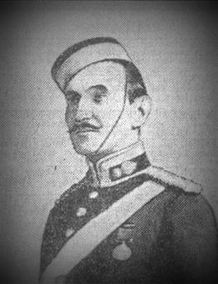
|
On 29 November 1909 an "epoch making event" took place. The Lundin and Leven Golf Clubs ceased to share one course and began to use their own new extended courses, separated by the Mile Dyke. Or, as the next day's Evening Telegraph put it, "the union of Lundin and Leven in the golfing sense was dissolved, and the old order was changed". While this was certainly a helpful change and one which endures over a century later, the road to severance was not a smooth one. The growth in popularity of both Lundin Links and Leven as holiday resorts served to highlight the inadequacy of the original golfing facilities. The expansion of Lundin Links in particular, prompted Sir John Gilmour to plan a full new course at the Lundin Links end. Meanwhile the golfers at the "west end" had a period "in the valley of tribulation" during lengthy negotiations with the Laird of Durie for land to extend their course. Many bemoaned the disruption of the joint green committee and the split of the old course. In time, however, the reconfiguration of both courses was settled and when the day of the opening ceremonies came, the mood was buoyant. "There will be no more congestion" was the headline in the 29 November Evening Telegraph, as it reported on the day's events. The new course at Lundin Links, designed by James Braid, was described as being of "a sporting nature, as it contains plenty of natural hazards and bunkers, and its character resembles the Tayside courses". The opening ceremony began in the club house where Sir John remarked upon the importance of the occasion in the future history of the village and presented a silver-mounted driving club to the Captain, Mr Benjamin C. Cox of Largo House (shown seated in centre of photo above, flanked by Sir John Gilmour and Mr George Russell of Hatton). The party then moved to the first tee where Mr Cox drove using the newly-presented club. Later, there was a stroke competition and a luncheon in the Lundin Links Hotel. Owing to the time of year, the occasion was considered fairly low key and a larger scale opening competition was planned for Easter.  Meanwhile the Leven course was opened by Major Shepherd (pictured). In his speech at the pavilion of the Innerleven Golf Clubhouse he remarked that "they had just parted with a very old friend, whose every feature and peculiarity they had from long association become intimately acquainted with, and where the pleasantest hours of their leisure time had been spent". He commented that when the notion of splitting the courses was first mooted some years earlier "they could hardly believe such a proposal" involving the division of such historic links capable of being carried out. He spoke of appeals made and of "the final blow...in the beginning of last year" when a definite decision was made. Nonetheless Major Shepherd spoke favourably of the new Leven course and paid tribute to Mr Alexander Patrick for laying it out, before driving off the first ball with another silver mounted driver. And with all that ceremony, gone were the days of starting at both ends, the "annoying pause at the half-way flag" to take turn about, and the "congestion through the fairway". One comment made on that momentous day in 1909 was "the hope that Lundin Links would become a course that people all over the world would talk about and remember". I think that hope has been achieved.
0 Comments
The road between Leven and Lundin Links, now known as the A915, is an ancient road, well worn by feet, hooves and cartwheels before today's heavy motorised traffic. Although straight and fairly flat, it wasn't always as smooth to travel on as it is now. The image below shows work undertaken in 1969 to flatten out three dips in this section of the road. These were infilled one at a time, beginning at the Lundin Links end. If you recall the road before this improvement was made, please comment. This section of road was associated with Sunnybraes Farm before the development of Lundin Links. A short news report from 1842 gives an insight into life at that time in this area. The Fife Herald of 5 May reported under the headline 'Two Cot-Houses Burnt' that:
"On Wednesday afternoon, the cot-houses on the farm of Sunnybraes, on the south side of the road leading from Largo to Leven, were observed to be on fire; and, as they were roofed with thatch, and everything about them was very dry, notwithstanding great endeavours were made to save them, the flames could not be checked, so that in a short time nothing remained but the blackened walls. They were inhabited by the families of the servants on the farm, who, by the destructive element, have lost nearly all their little property and been rendered destitute. Subscriptions have been entered into for their relief. The fire is supposed to have been caused by a spark having lodged in the thatch while the servants cooked their dinner at noon with a fire of sticks, and which they had not observed when they left their dwelling to resume their afternoon's work." This sad story illustrates how tough life would have been for farm workers in the place at that time. The 1841 census records 18 individuals at Sunnybraes. The farmer, his wife and one servant were living in the house. Also on the farm were a family of four, a family of five and six other labourers, five of whom ranged in age from 12 to 15. Being an old fishing village, Lower Largo clearly was not designed with the motor car in mind, and never was this more evident than back in the 1960s. At that time, rising car ownership and the continuing popularity of local beaches combined with the narrow streets, blind corners and lack of parking facilities, to result in traffic chaos. Lower Largo might seem like an unlikely setting for road rage but that is precisely what could be witnessed on a warm and sunny weekend. Take, for example, a piece written in the East Fife Mail of 11 June 1969...
"Brilliant sunshine drew thousands of holiday-makers and day trippers to Fife beaches at the weekend looking for a place in the sun. And as the temperature soared so too did the tempers as motorists fought to find parking spaces or just find room to move. One of the worst places affected by the weekend rush was Lower Largo, which had one of the busiest weekends on record. Hundreds of motorists were jammed in the village unable to move out or in as traffic piled up in the narrow streets." The report continued to say that this was not a new problem. Residents had seen "verbal battles" and "traffic chaos" for some time but no solution had been forthcoming. The one car park (at the Temple) would always be full early in the day, leaving drivers with little option but to seek out elusive alternative parking spots. All this fruitless crawling around the streets led to congestion and frustration. However, one villager came up with a three-point action plan in 1969 - evidence of which can still be seen today. Mr Don Beaton of "Sea Brae" on The Temple told the East Fife Mail that the crux of the problem was the physical shape of the village, with one narrow main street and no outlet. Cars going up towards the Temple and its car park had no choice but to come back down the same way if they could not park. If cars were parked on the side of the main street, drivers coming back down from the Temple could not pass oncoming cars. Here are the three suggested changes that Mr Beaton made: 1. On public holidays, make the road between the Crusoe Hotel and the Sailing Club boat park one-way only. All traffic going out would go up the hill at Donaldson's Wynd (now Durham Wynd). 2. Provide more parking - either by extending the Temple car park or by developing the old railway station into a second car park (and using the old railway line as a path leading towards the beach). 3. Construct a proper turning circle at the Temple end of the village and ban parking there. This would avoid the need for reversing. Mr Beaton commented that he had seen "people take anything from three quarters of an hour to an hour to get out of the village". He planned to put his suggestions to the District Council. I assume that he did, as his ideas were all followed through and are still in place (see images below). Of course, problems can still arise - see photo of a bus wedged between a house and a car below, having ignored the one-way restriction! A side-by-side comparison of Lower Largo Beach in the very early 20th century (above) and about a century later in 2014. Similarities between the two images include the curve of the sands, boats resting above the waterline, people enjoying a sunny day and the Crusoe Hotel at the tail end of the string of buildings. In fact, most of the buildings and sea walls are largely unchanged. However, Largo St David's Church lost its bell tower c1960s, the Largo Bay Sailing Club was built c1960 adjacent to the large gable end in the centre of the upper photograph, and a few houses have had extensions or summer houses added. The 'zoomed-in' detail below illustrates another difference - the attire that people wear to the beach. Long gone are the ankle-length skirts, long-sleeved blouses and fancy hats!
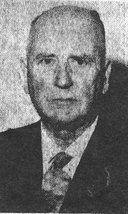 The longest-serving proprietor of the Lundin Links Hotel was Alfred Muriset (see photo) who, alongside his wife Jean, was at the helm for 34 years. Alfred Henri Olivier Chapman Muriset was born in 1893 in Edinburgh, to parents who were both teachers of French. He had worked in the whisky and wine trade prior to purchasing the hotel in May 1932. During their tenure, the Murisets developed the hotel greatly. In 1935 new public bar opened and a cocktail lounge was created in the place of the original bar. The bar counter and rear gantry moved from the original bar to the new public one. The cocktail bar featured oak panelling, a brick fireplace and electric lighting, according to the Leven Advertiser of 11 June 1935. Extensions were made to the hotel in 1950. The Murisets also owned a number of houses in the village, which provided additional accommodation when the main hotel was full. Having already taken part in the First World War, Mr Muriset would also participate in the Second World War, leaving his wife (who was also trained in catering) to look after the hotel, supported by long-term member of staff Miss Cameron. Standards at the 21 bedroom hotel were high and many memorable functions took place there during the Muriset era. At the time of his retirement in 1966, Mr Muriset reflected on the many changes that had taken place in the hotel and catering trade over the decades. He commented in the East Fife Mail of 9 November 1966 that there had been a 100% increase in the number of people eating out at hotels and that quality of food had greatly improved. He remarked that "running a hotel is very much a 24 hours a day job - but I have enjoyed it". 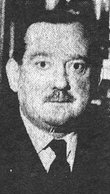 Mr Muriset was also known as a pioneer of further education in the catering trade. He had helped found many catering schools in Scotland and had formed the Scottish branch of the Hotel and Catering Institute. At the time of his retirement, he held a number of advisory positions at catering schools and associations. Mrs Muriset also had an active life outside of the hotel. She was involved in the Leven Ladies Committee for the Blind and was a founder and past president of the Inner Wheel Club of Leven. Indeed, Mr Muriset was a founder and past president of the Leven Rotary Club. The couple retired to 'Glenairlie' on Crescent Road (the house formerly known as Murree Lodge). Jean Muriset passed away in 1975 at the age of 79, while Freddie died at the age of 89 in 1981. A Mr J.W. Mathison (pictured) had succeeded the Murisets at the Lundin Links Hotel in 1966. Looking at old maps of Lundin Links, a house named 'Murree Lodge' stood out as one with an unfamiliar and unusual name. As the name cropped up again on census returns and in newspaper articles, I decided to find out which house this was and why it came to have its exotic sounding name. The house turned out to be 23 Crescent Road (named 'Glenairlie' since c1930). Murree is a mountainous area in the Rawalpindi District of the Punjab Province of Pakistan. So, how can the name be connected to Lundin Links? A clue came in the adverts below for the sale of Murree Lodge, first advertised in October 1893, following the death of the widow of a Colonel Robertson. Further investigation showed that this was Colonel Alaric Robertson of H.M. Indian Army. Born in Scotland in 1816, Robertson joined the Indian Army at 17 and was initially posted to the 48th Regiment of Madras Native Infantry, but his skills in mechanics and engineering led to his employment in the Department of Public Works. There his talents developed, and eventually he became superintending engineer of the Lahore and Peshawar road (a key new line of communication at that time). He also designed the tunnel under the Indus river at Attock. These details were reported in his obituary in the 'Allen's Indian Mail' of 15 September 1869 along with this further detail:
"Colonel Robertson entered the Madras army in 1833, and retired in 1864, and during that long service of thirty one years the Indian Government had not a more zealous, hard-working, or devoted servant.....his natural talent for engineering surmounted difficulties of no ordinary kind....but great as were Colonel Robertson's claims to admiration as a successful and accomplished engineer, and though the Lahore and Peshawar Road and the Indus Tunnel are his monuments in India, his intimate friends will dwell for his pure and honourable character and...his kind, unselfish, and genial disposition." Upon his retirement from the Indian Army in 1864, Alaric Robertson returned to Scotland, where he married music teacher Mary Nicoll in June in Newport, Fife. They purchased a home in Lundin Links around that time, and it came to be named after the Murree area of India (now part of Pakistan). The site of the town of Murree was initially established as a sanatorium for British troops c1850 but it developed into the summer capital of the Punjab during British Raj and is still a hill-station summer resort. Also known as "The Queen of the Hills", Murree is a cool, green, mountainous area with magnificent views of the snow-capped mountains of Kashmir. Colonel Robertson must have remembered the area fondly and brought the name with him to Lundin Links. Although he died in 1869 at the age of 53, his widow retained Murree Lodge until her death there in 1893. The house name lived on for another few decades before being changed to something which was presumably more meaningful to the then owners. Miss Margaret Cameron would have been a familiar face to anyone frequenting the Lundin Links Hotel between 1932 and 1962, as she worked there for 3 decades, right up until the time of her death. The above image shows her outside the hotel at an unknown date (perhaps 1940s), with an Emsdorf Street house in the background. She began work at the hotel on the same day that the Murisets took over in May 1932. In 1957, Miss Cameron's 25th anniversary of joining the hotel staff was marked. The Leven Mail of 22 May that year recorded the occasion as follows:
"A woman who has catered for the comfort and requirements of guests at the Lundin Links Hotel for the past quarter of a century is Miss Margaret Cameron, now manageress. Sunday marked the 25th anniversary of her service there - an unusual record in the hotel industry. To mark the occasion Miss Cameron received a solid mahogany bow-fronted writing desk from Mr and Mrs Muriset, owners of the Lundin Links Hotel." Miss Cameron, a native of Cupar, was manageress up until her death in 1962. However, her memory lived on well beyond that time - not least because of ongoing tales of her 'ghost' making appearances around the hotel. If you remember Miss Cameron or know more about her role at the hotel, please comment.
While once there was just a field behind the Largo War Memorial, in 1926 an application was made to build a cottage for the Largo District Nurse on the ground adjoining it. This was first announced at a meeting of the Largo Parish Council in February 1926 (five years after the creation of the Memorial). It was agreed that an entrance would be made from the New Gilston road and there was some discussion over whether the memorial might need to be shifted (it wasn't in the end).
Local District Nursing Associations were responsible for employing and paying District Nurses, and providing homes for them to live in, prior to the creation of the National Health Service in July 1948. Largo was one of the first places in Fife to have a District Nurse. Details of how this came about are provided by the 1932 'Largo Village Book'. It states: "About 45 years ago, Mrs Baxter of Teasses, feeling there was a great need for a nurse to care for the old people and to attend maternity cases, called a meeting of a few of the neighbours likely to be interested. They agreed that a nurse would be a great benefit in the place and so decided to have one. The nurse was supported at first entirely by private subscription but as time went on, and her work increased, and the patients found out how much her work meant to them, they began to contribute too. This rather happy-go-lucky method went on very successfully until after the War, then it was agreed to form a District Nursing Association, with an annual subscription for members of 5s per annum." By June 1926, plans had been lodged for "a most inviting little home with two bay windows facing the Largo Road and Memorial." The Leven Mail of 30 June went on to say that "the accommodation will include a committee meeting room, nurse's bedroom and caretaker's bedroom." The 'Largo Village Book' notes that it was Mrs Paxton of Homelands who gave the cottage and that it was handed over in 1927. 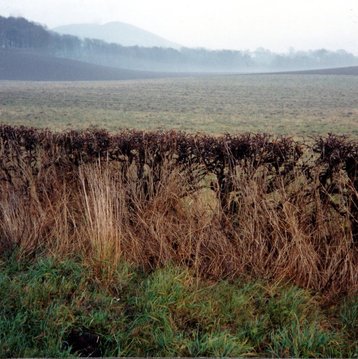 Another notable activity that went on in the Largo area during World War One was the work done by local women and girls on farms in the area. The scarcity of both men and food resulted in women all over the country going to work on farms and the creation of the Women's Land Army. In Largo this was led by Evelyn Baxter, who already had a great interest in agriculture. She organised local female volunteers into gangs who would go to many surrounding farms (some of which are pictured below) to assist the farmers. The 'Largo Village Book' describes their work as follows: "Some were unable to give full-time and these went for half-days as they could. All of them worked most splendidly and did a really useful service to the nation. They worked all through the year, winter and summer, from 7 am to 6 pm in the summer, and in winter from dawn to dark. The farmers who employed them had nothing but praise for the work they did. They worked for the ordinary farm pay. Miss Baxter also kept the pay-sheets and organised the work. Nor were the farmers themselves behind in patriotic endeavour. Even with reduced staffs they managed to break up more land and grow more wheat. Largo farmers were also splendid in helping by growing flax when the appeal for fine fibre for aeroplane cloth came. This was, of course, an old crop, returning, as flax was much grown round Largo in old days." On 11 May 1918, the Courier reported, under the headline 'Largo Women's Good Work On The Land', that Miss Baxter's gang had planted over 100 acres of potatoes among other work. The article noted that "leaders of Miss Baxter's type were very rare." Indeed Miss Baxter's exceptional work with the Women's Land Army in both World Wars earned her an M.B.E. in 1945. |
AboutThis blog is about the history of the villages of Lundin Links, Lower Largo and Upper Largo in Fife, Scotland. Comments and contributions from readers are very welcome!
SearchThere is no in-built search facility on this site. To search for content, go to Google and type your search words followed by "lundin weebly". Categories
All
Archives
July 2024
|
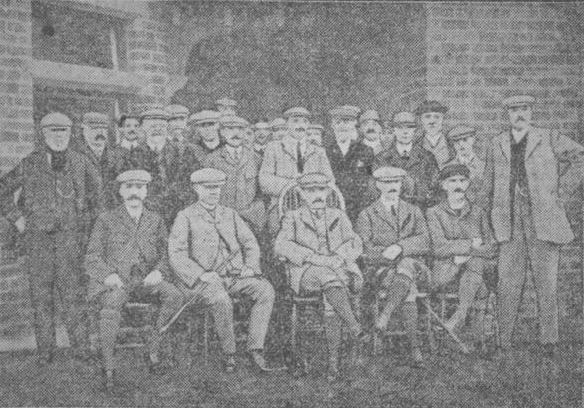
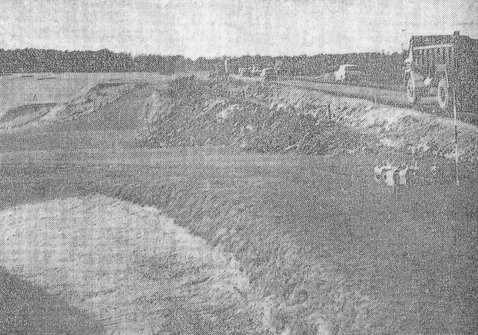
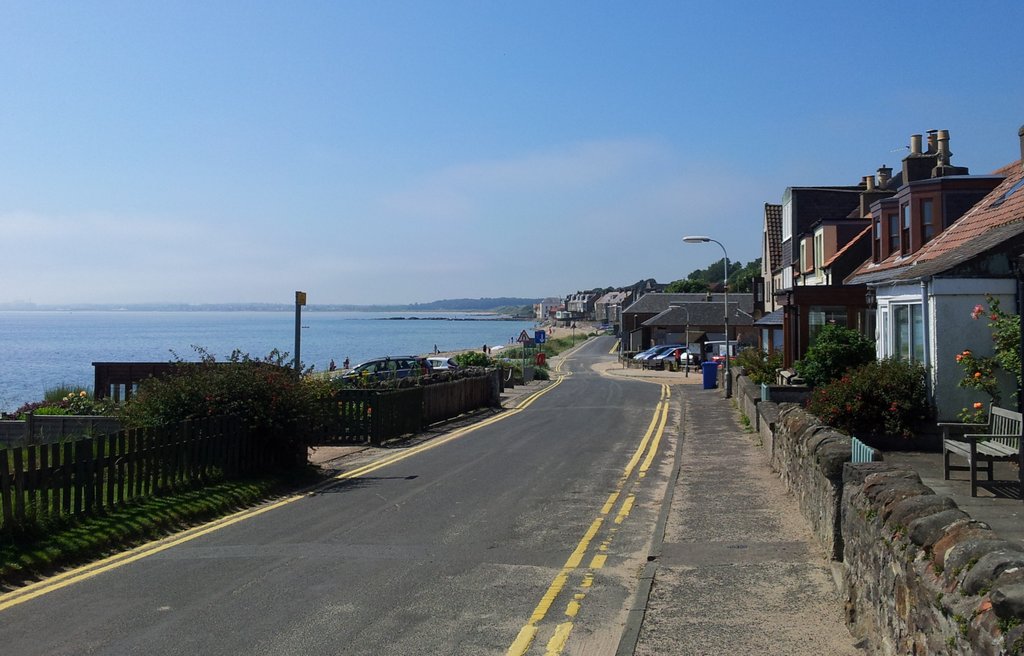

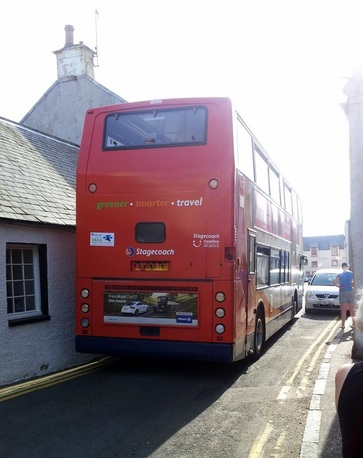
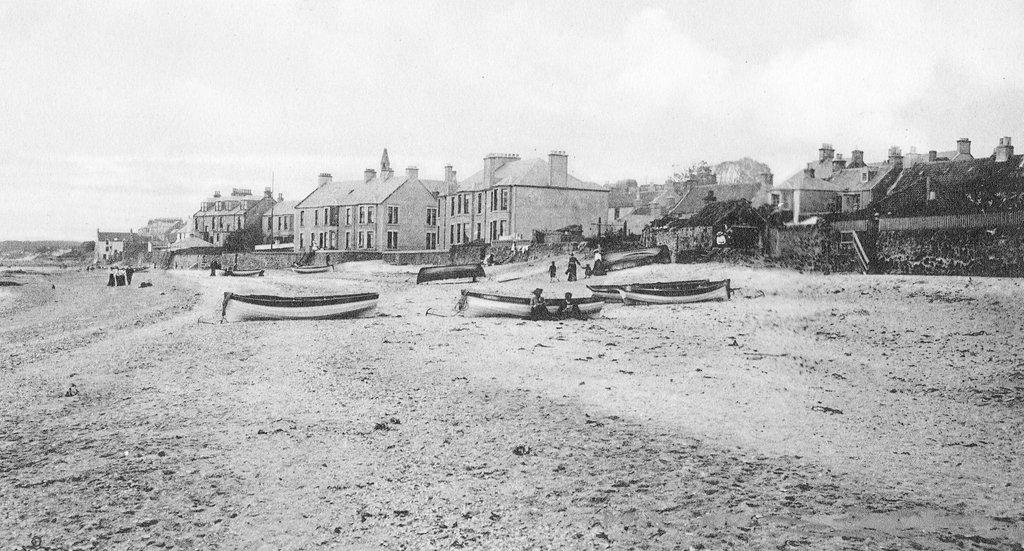
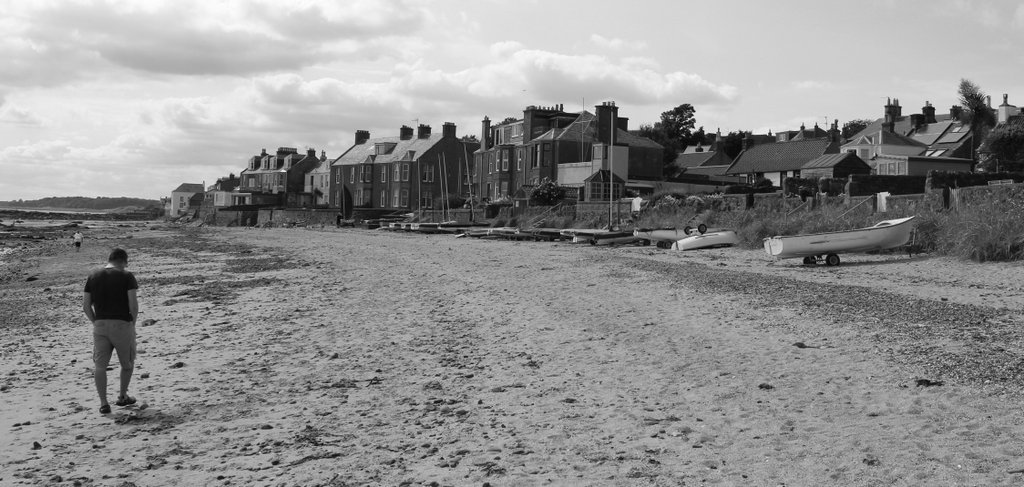
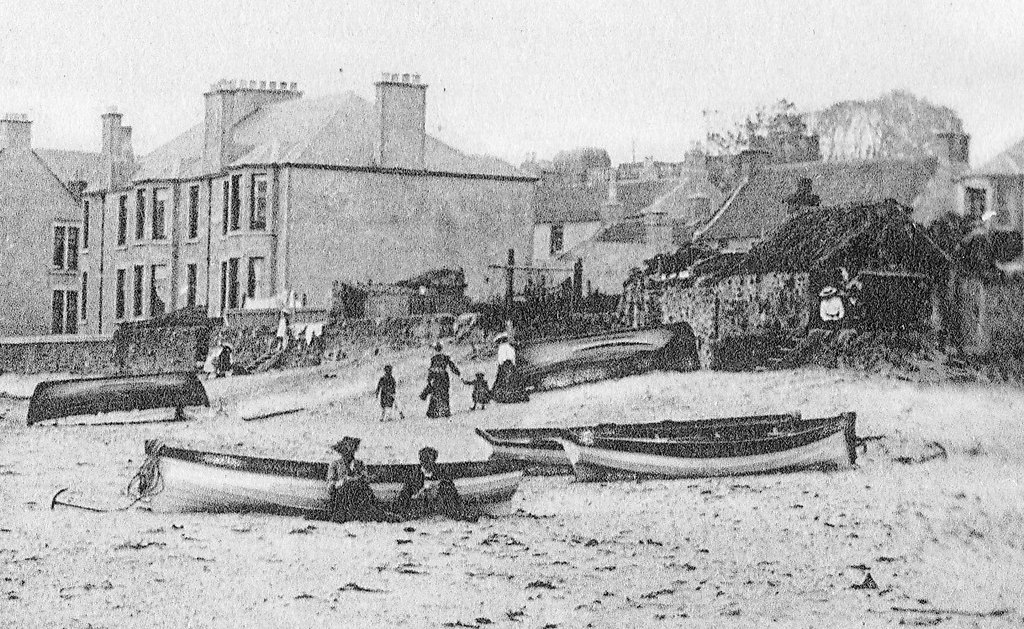
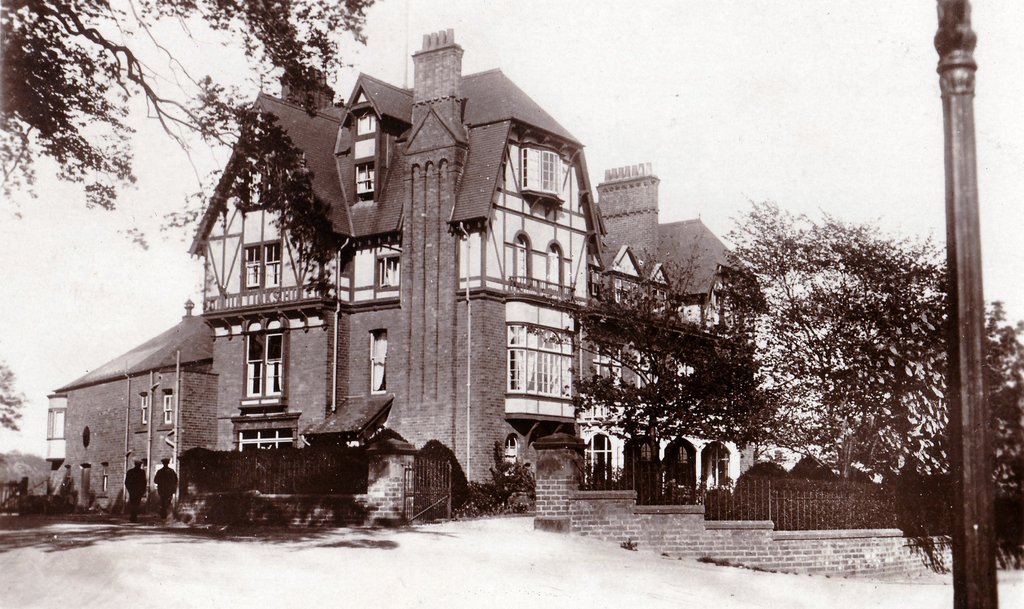
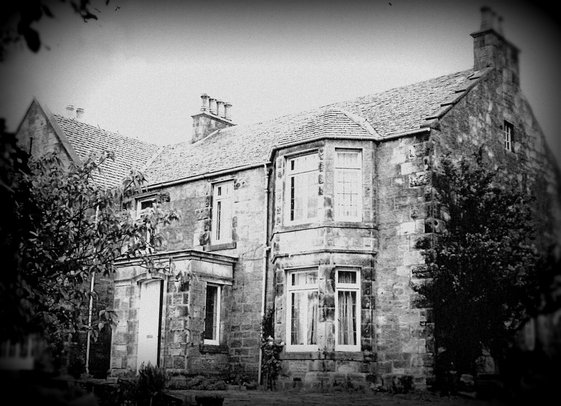
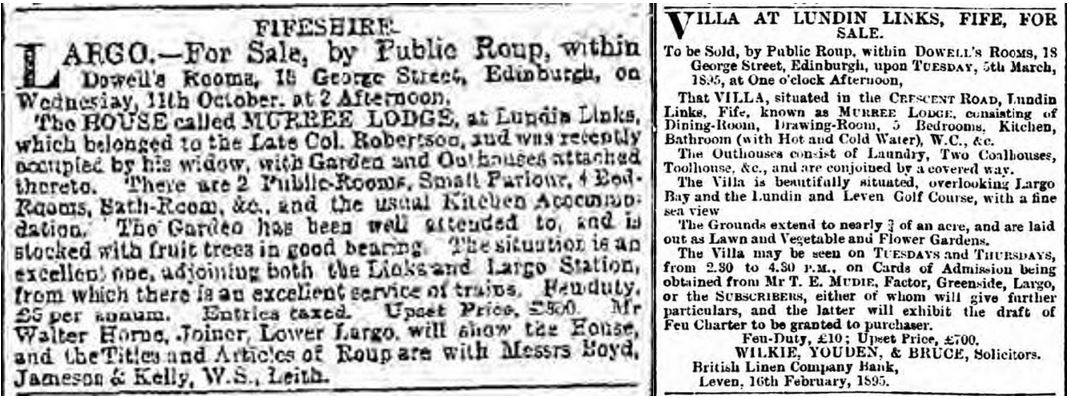
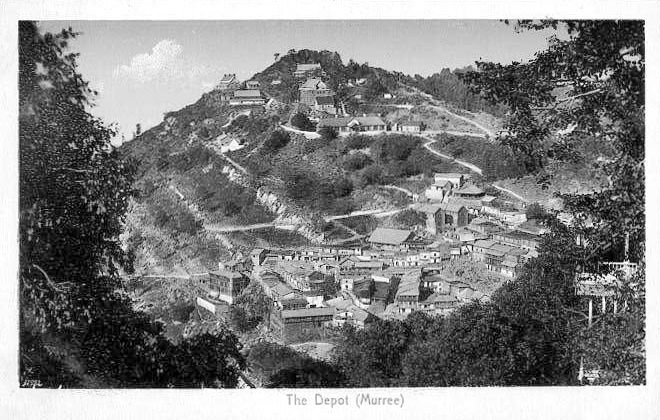
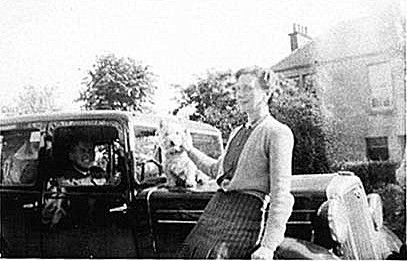
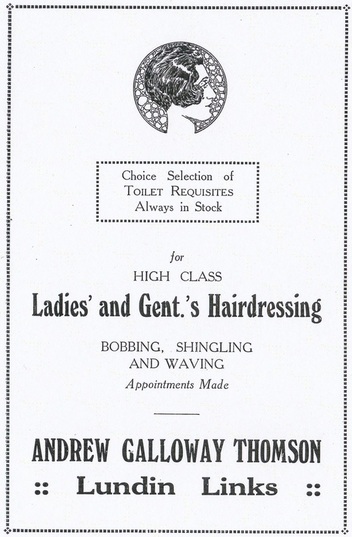
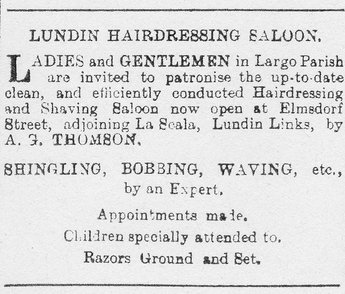
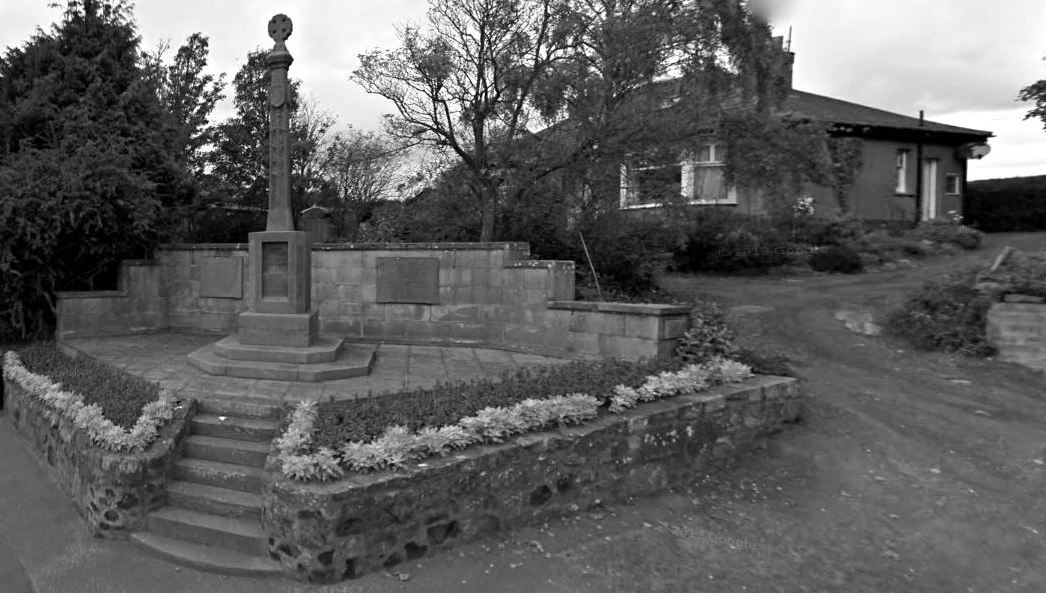

 RSS Feed
RSS Feed
